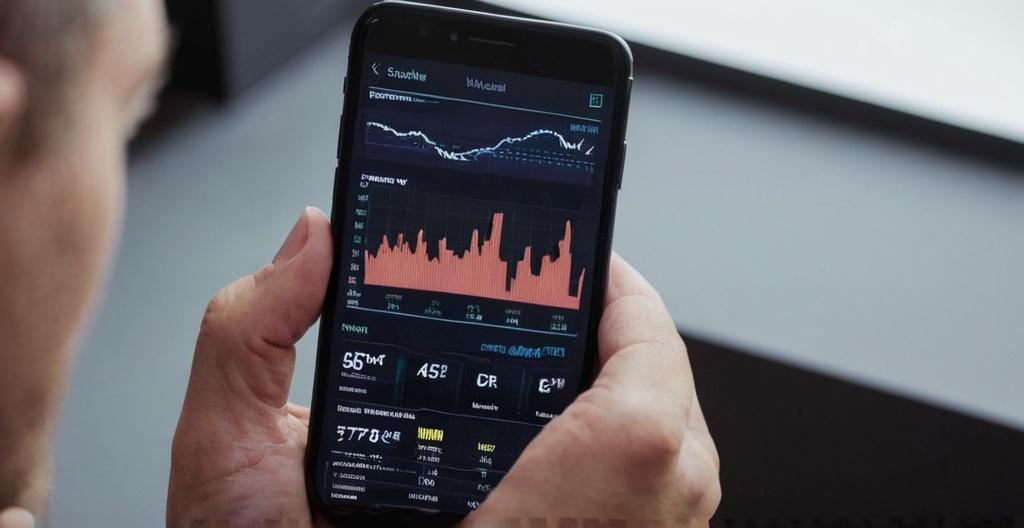Key Take Aways About On-Balance Volume (OBV)
- On-Balance Volume (OBV) is a volume-based indicator in technical analysis, suggesting volume leads price.
- OBV is calculated cumulatively by adding or subtracting volume based on price changes.
- Trend Confirmation: Aligning OBV and price trends confirm trends; divergence may signal anomalies.
- Breakouts & Reversals: OBV breakouts can signal potential price changes; it may predict reversals when diverging from price trends.
- Chart patterns like double tops may provide additional insights when observed in OBV.
- OBV does not account for the magnitude of price changes and can be manipulated by staggered large trades.
- OBV is best used as a complementary tool alongside other indicators or strategies.

Understanding On-Balance Volume
On-Balance Volume, or OBV, might not be the flashiest tool in the technical analysis toolkit, but it’s got its charm for those keen enough to know its true potential. Essentially, OBV’s about volume — how much of a security is being traded without constantly looking at price swings. It’s like trying to get your calorie count from just smelling food; sounds useless, but it ain’t.
The Nitty-Gritty of OBV
OBV works on a rather simple principle: volume leads price. This means big volume changes can signal upcoming changes in price direction. When traders see OBV moving up, it implies a price rise might be on the horizon because people are buying more. When it heads south, sellers might be driving the prices down.
OBV is calculated cumulatively. If the day’s closing price is higher than the previous day’s, that day’s volume gets added. If it’s lower, subtract it. If unchanged, well, nothing happens. This running tally creates a line that can be plotted over time.
Using OBV in Analysis
There are a few ways traders use OBV:
– **Trend Confirmation**: If both OBV and price are moving in the same direction, it’s seen as confirming the trend. However, if price and OBV diverge, one might be living in denial.
– **Breakouts**: If OBV breaks a past high or low before the price does, it might be hinting at a price breakout. Think of it like that one friend who always finds the best parties before anyone else does.
– **Reversals**: Sometimes OBV predicts reversals. When OBV tells a different story than the price, it might be time for a shift.
Chart Patterns and OBV
Patterns such as double tops and bottoms, head and shoulders, or any other of those common formations can also pop up in OBV. While they don’t always mean something, often they give additional hints about possible moves.
Limitations of OBV
Every tool’s got its own quirks, and OBV is no exception. One of its Achilles’ heels is that it doesn’t account for the magnitude of price changes. A big price move may not affect OBV if the volume’s average. It’s like using a spoon to eat a steak; it works but not the best method.
Also, OBV can be manipulated by large traders buying or selling in volumes but staggered over time, thus masking their action. This folks, is where due diligence and other indicators might help.
Conclusion
The OBV might seem like a simpleton among more sophisticated indicators, but don’t let appearances fool you. By keeping an eye on the volume while side-eyeing price action, OBV can be a powerful ally. Combine it with your favorite indicators or trade strategies, and it could provide the clarity you need to make more informed trading decisions. Just remember, no indicator’s foolproof – they’re more like your trusty sidekick in the trading universe.